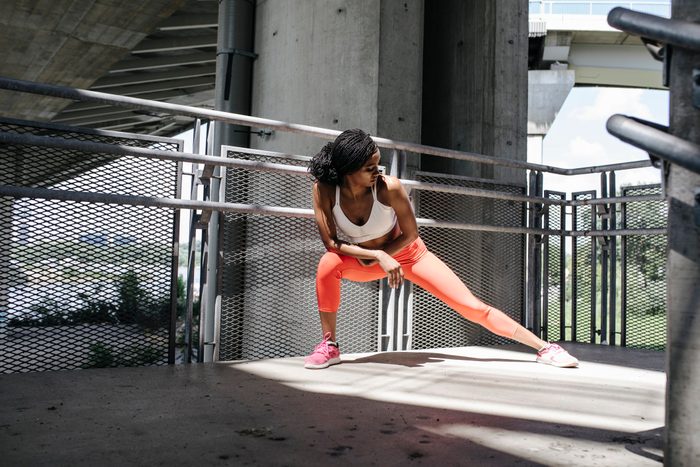
Move it or lose it
“You start losing muscle mass at age 30,” explains Omar Rasheed, a registered physiotherapist at Athlete’s Care in Toronto. The amount of muscle and function you lose (a condition known as sarcopenia) and the rate at which you lose it depends on your age, gender and physical activity levels. A poor diet and sedentary lifestyle can accelerate this loss. But it’s never too late to flex those muscles.
(Related: These are the at-home massage tools physiotherapists swear by.)
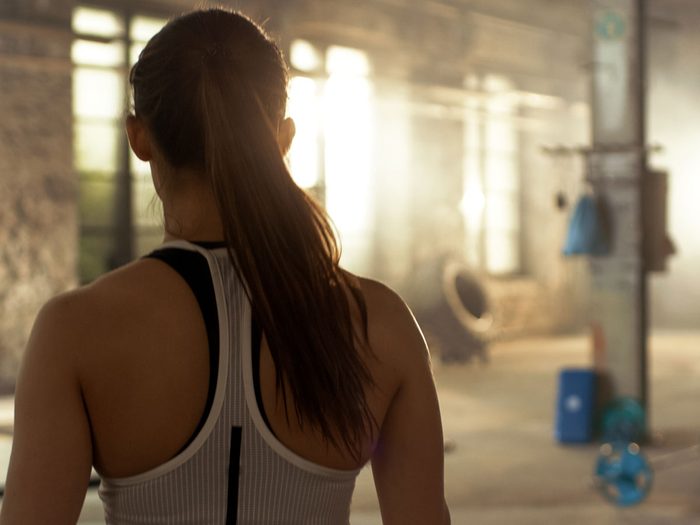
Make it personal
Having a personalized plan can help you work within your limitations, such as past injuries and health issues, and reach your goals. Book an in-person or virtual appointment with a practitioner who specializes in building muscle, whether that’s a physiotherapist or a personal trainer, to get an assessment and a plan that’s unique to you.
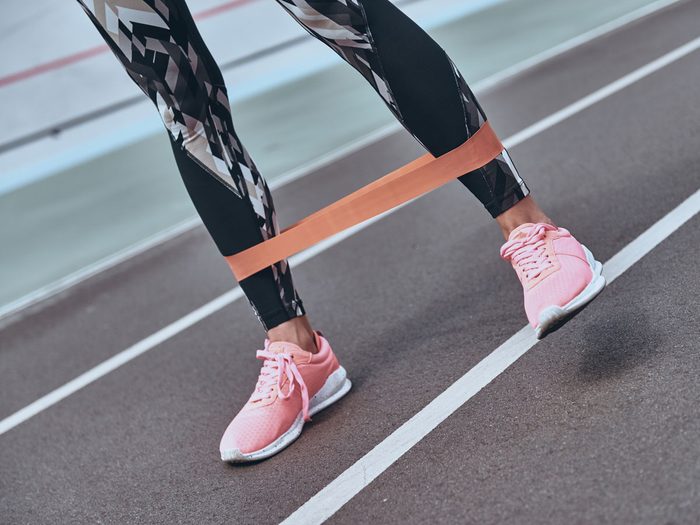
Start small
You don’t need to break out the kettlebells (or dumbbells) just yet — or even at all. And you don’t need to hit the gym either. Resistance bands — those stretchy elastic bands and tubes — can provide just as good of a workout, if not better, with less chance of injury, explains Rasheed, and you can use them at home.
(Related: This resistance band workout will tone you all over.)
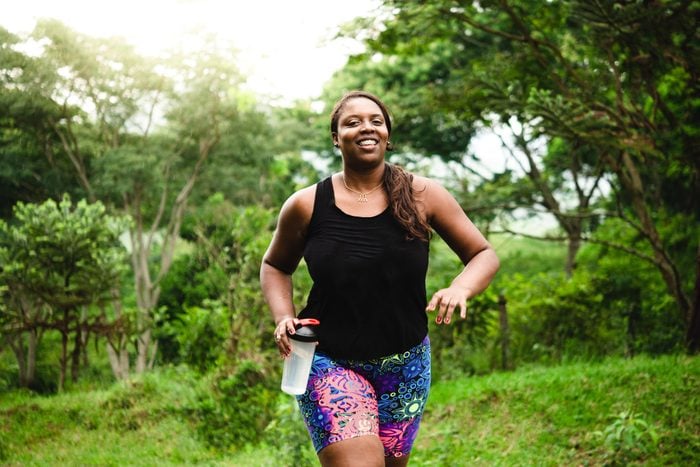
Take action
First, figure out what your end goal is. If you’re aiming to lose weight, Rasheed suggests doing slightly more cardio than strength training. For example, he suggests starting with three days of cardio (a brisk walk, run or bike ride) and two days of strength training. But if your goal is strength and toning, Rasheed recommends balancing three or four days of resistance training with one or two days of cardio each week.
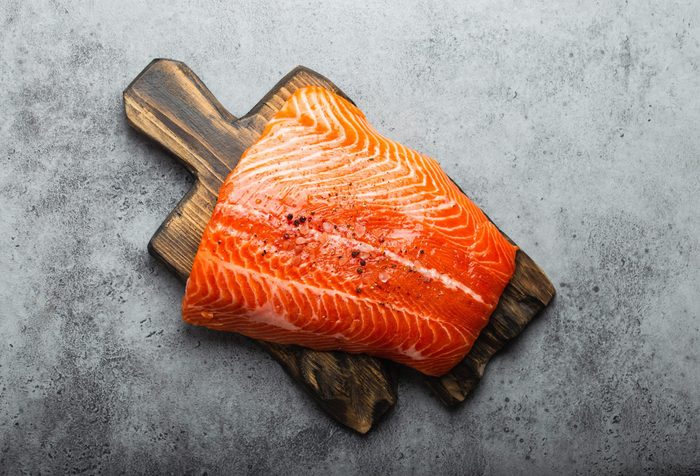
Protein is key
Your diet plays an important role in building muscle. “Make sure that protein is number one on your list, especially for women,” says Maya Eid, a nutritionist based in Toronto. She recommends a minimum of 0.7 grams of protein per pound of ideal body weight each day. For example, if you’re 150 pounds but your ideal weight is 140 pounds, you would calculate it based on your goal weight. That adds up to a minimum of 100 grams of protein a day for most women, explains Eid. Ensure that every meal (and one snack) has about 25 grams of protein — think a palm-sized portion of protein, such as meat, poultry, fish, eggs, or Greek yogurt. (Vegetarian or vegan sources, such as beans and lentils, can also provide lots of protein, but you’ll need a lot more chickpeas to get that amount of protein.)
(Related: These are the best sources of protein, according to Canada’s Food Guide.)
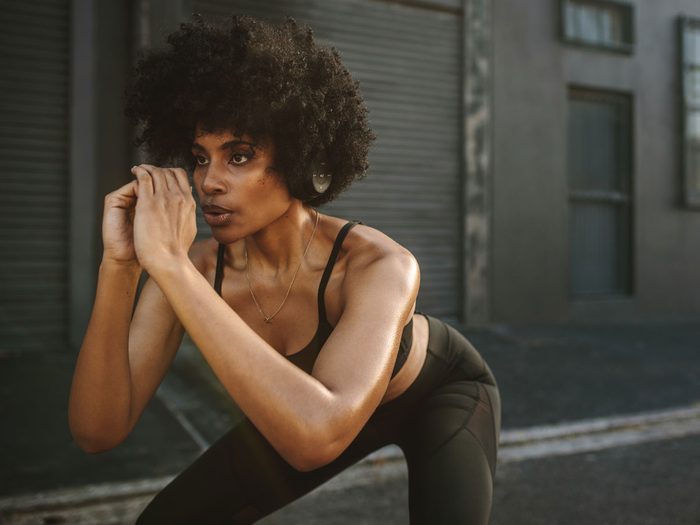
Find your focus
Your legs support your whole body, so lower body exercises are key, says Rasheed. He recommends focusing on your glutes, quads and hamstrings by doing regular exercises, such as squats and lunges. Core strength is also critical, but he doesn’t recommend classic sit-ups. Instead, try isometric exercises that work on your deep core muscles, such as planks and side planks, and fire up those stabilizers in your core and lower back.
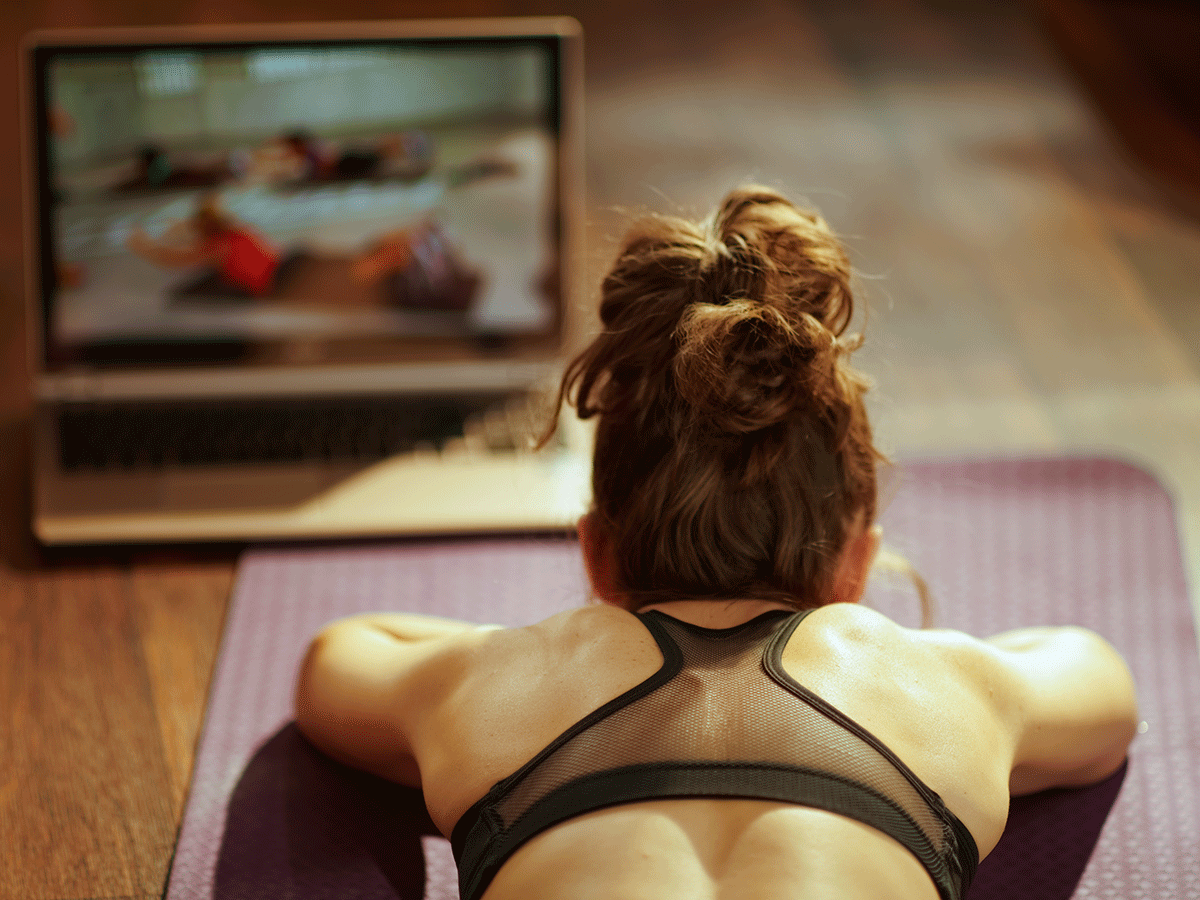
Make it a habit
By doing live Zoom classes, joining an online workout community or committing to regular virtual or in-person workouts with a friend or family member, you’re holding yourself accountable to complete your regular strength training sessions.
(Related: Discover the best streaming workouts for women.)
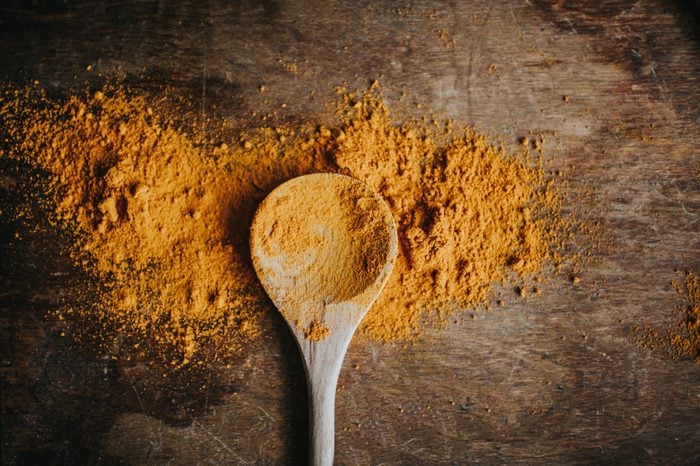
Reduce inflammation
Post-workout nutrition is important for increasing your ability to build muscle, decreasing body fat, relieving muscle soreness and boosting your immune system, explains Eid.
If you’re not eating fish regularly, add an omega-3 supplement to your diet. Eid also recommends trying magnesium, curcumin (the compound found in turmeric) or adaptogenic supplements after checking with your doctor first. Also, don’t skimp on sleep or rest days. Your muscles need that time to repair the microtears caused by your workout.
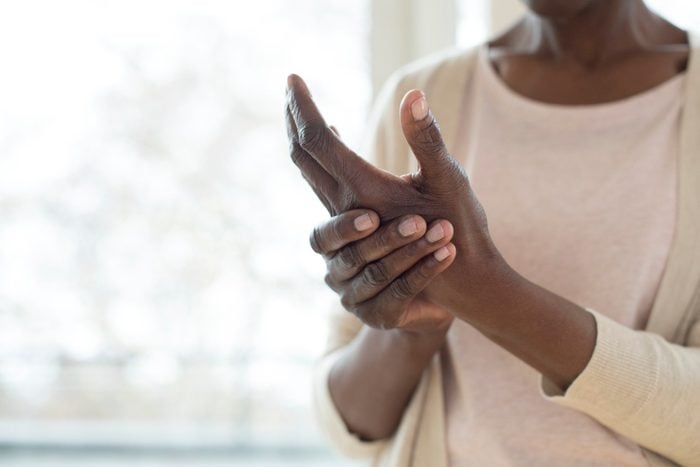
Think long term
Being active helps your body function better overall, both now and as you age. “Because you’re exercising to build those muscles, your cardiovascular system is also better,” says Rasheed. “Your blood flow is better and things run more smoothly, which leads to a better immune system.” It also helps you as you get older. After age 60, your vestibular system — your body’s sense of balance — starts to deteriorate. If you’ve done resistance training in the past, it can help reduce your risk of falls. Another benefit of resistance training is that it has positive effects on bone density. Women are at higher risk of osteoporosis than men, but strength training can help increase bone density and reduce your risk.
(Related: Learn more on how to reduce your risk of osteoporosis.)
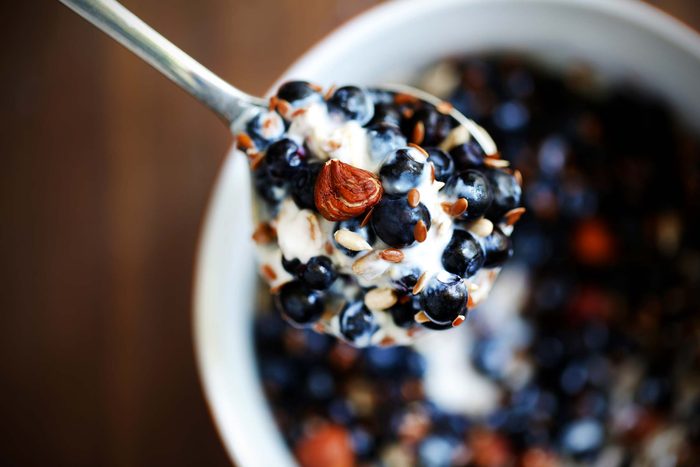
Don’t sabotage yourself
While it might feel counterproductive to up your calories while you up your workouts, if you’re constantly undereating, you won’t build muscle, explains Eid. “If you’re moving your body, eat,” she says. She doesn’t give people specific foods to avoid while trying to hit their goals because if you eat the good stuff, it crowds out the not-so-great foods. Eid generally recommends that you focus on a mix of protein and carbs, such as fruit, rice, sweet potatoes and quinoa, which also help muscles grow.
Next: Make these health tweaks in your 30s to stay healthy for the rest of your life.
